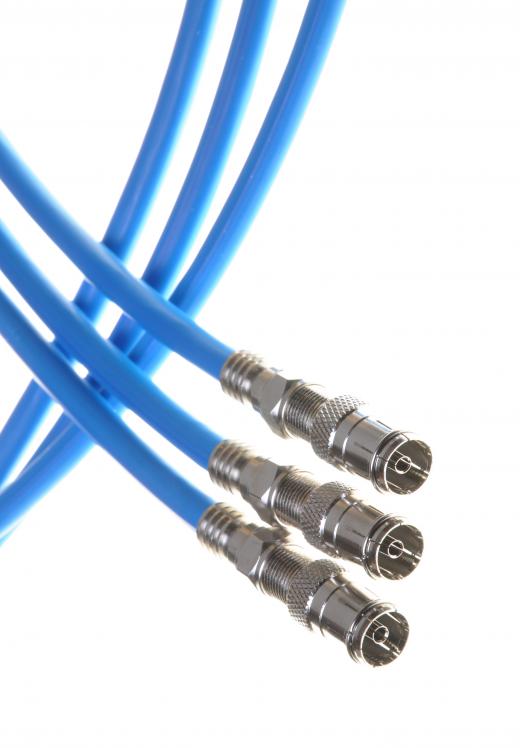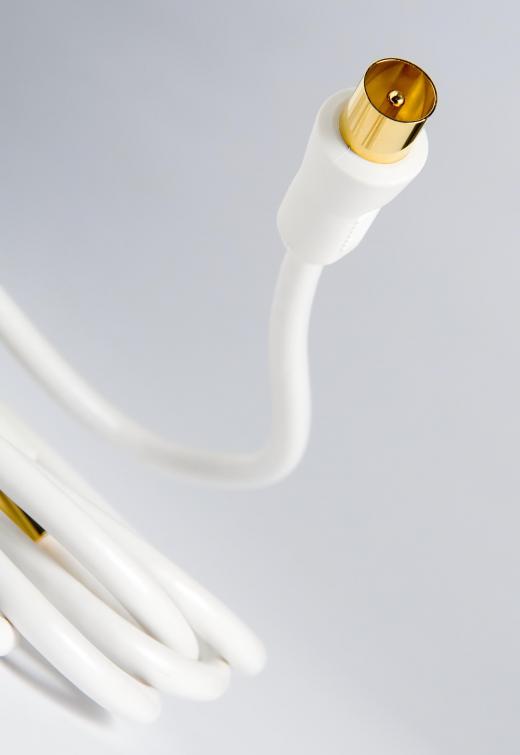A gender changer is an adaptor that changes a port into its opposite version. These devices are typically used to connect standard cabling together to increase its overall length or change an existing port to its opposite version. These adaptors go by a wide variety of similar names such as gender bender or sex changer. In addition, common cable types will have a specific name for adapters that are used only with that specific cable. The names stem from the common usage of male and female to describe the construction of cable ends and system ports.
The gender of connectors is based on the basic similarities between their design and that of male and female animals. A male connector generally is the part with the protruding end and female connectors have the recess or receptacle that accepts it. Male systems are usually outside of a device while female connections are common as part of a larger device like a computer port or a wall outlet.

Playing off these names, a gender changer will adapt a cable or port from one gender to the other. These devices are generally very small, often no larger than two connectors merged together. This makes it simple to place one in the end of a cable without creating additional bulk.
These devices came into common usage with the advent of digital technology. Originally, a gender changer was a specific adaptor used as part of a multi-pin computer connector, such as a serial port, but the name quickly grew into a generic term for many cable types. Those early changers were often bulkier than modern ones, as they had less precise methods for making the inter-device connections.

The main purpose for a gender changer is the connection of two cables to form one longer cable. For instance, a coaxial cable has a male connector on each end. In the case of coaxial, the male protrusion is the skinny metal piece inside the cap, rather than the post the cable is screwed onto. An f-connector, the name for a coaxial gender changer, is screwed into the end of the cable. This makes a cable that effectively has one male and one female end, allowing it to patch into any part of the system.
The only real drawback to a gender changer is basic signal loss. As with most cables, the more connections, the more signal degradation. In the case of a gender changer, there is one connection between the first cable and the coupler and then another between the coupler and the second cable. If possible, it is generally better to just use a longer cable.
